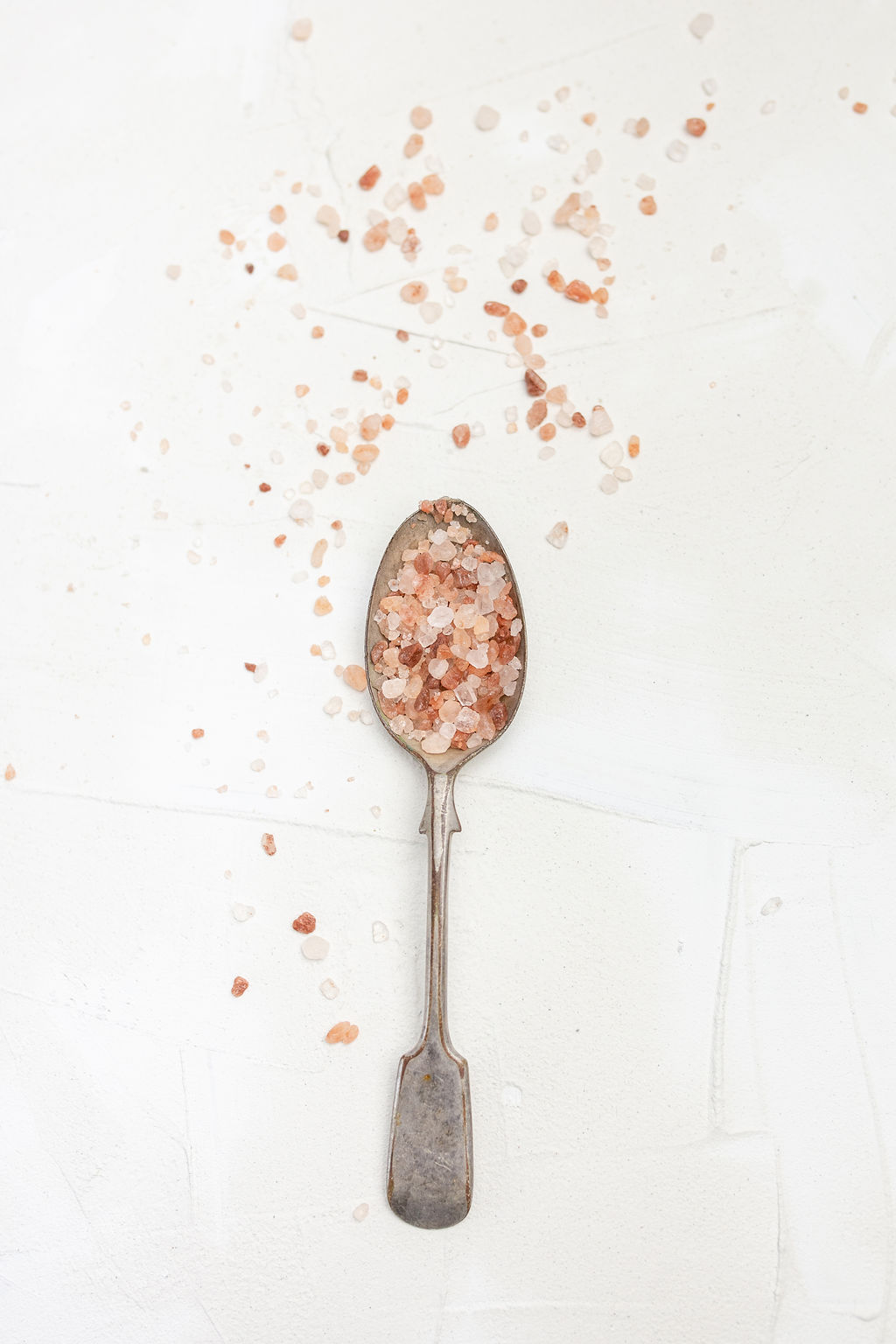Get real beauty advice. With a whack of reality. And for a chance to WIN a years supply of products! Plus be kept up to date with our special offers and giveaways! PLUS receive a discount code to receive 15% OFF your first order!

Get real beauty advice. With a whack of reality. And for a chance to WIN a years supply of products! Plus be kept up to date with our special offers and giveaways! PLUS receive a discount code to receive 15% OFF your first order!
